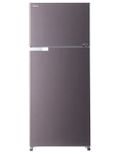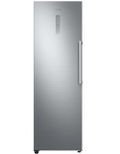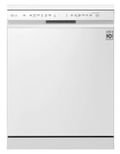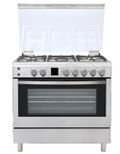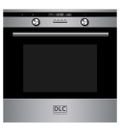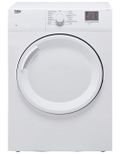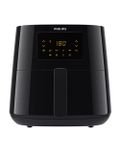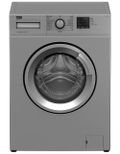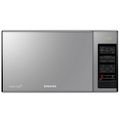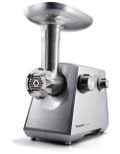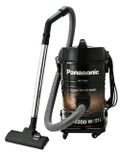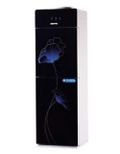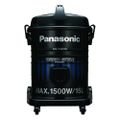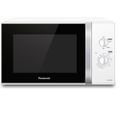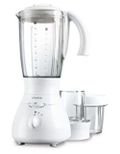Your Guide to Blenders
Do blenders differ? What are the specifications and features that differentiates between blenders?
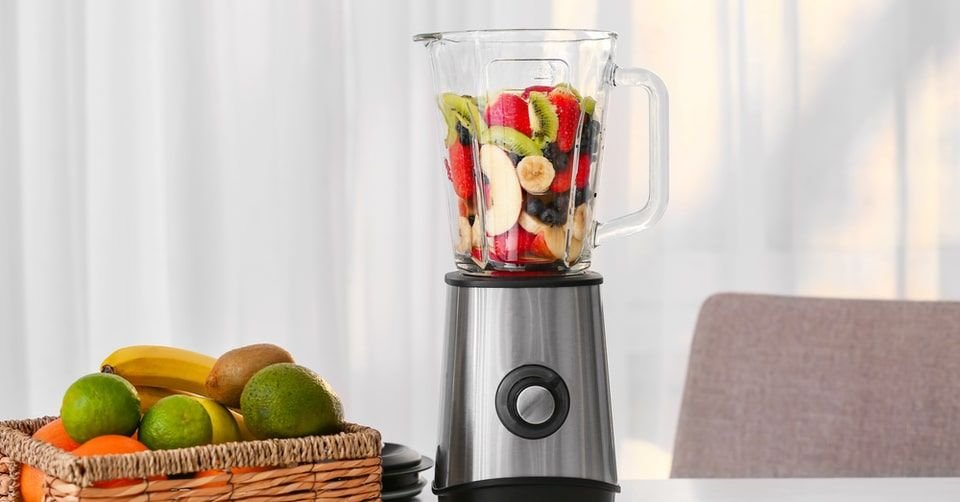

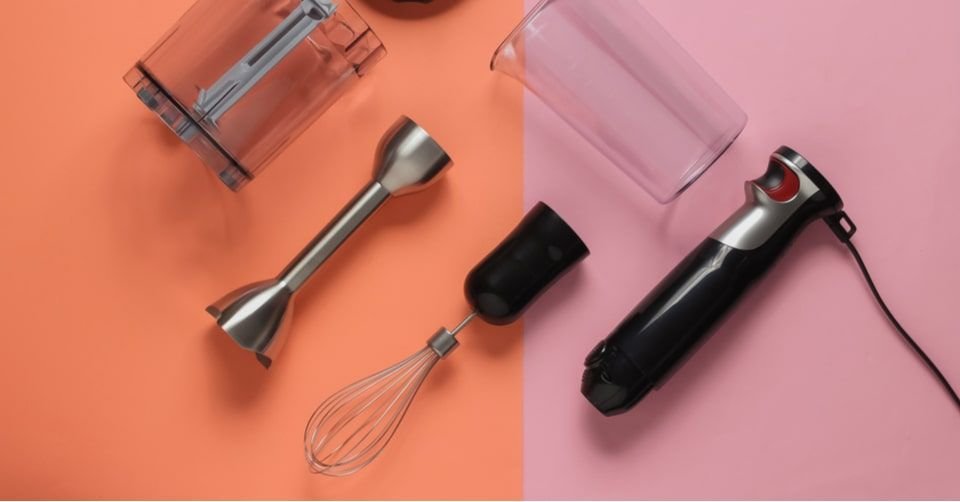
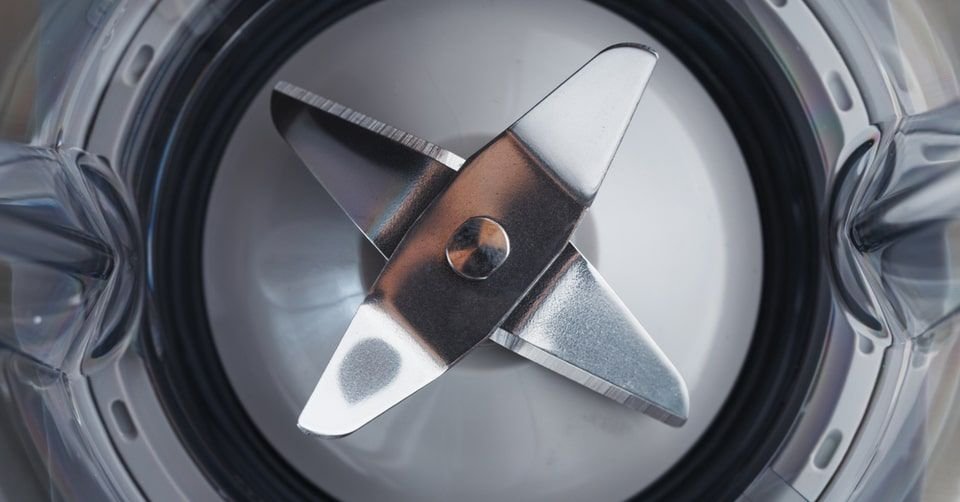
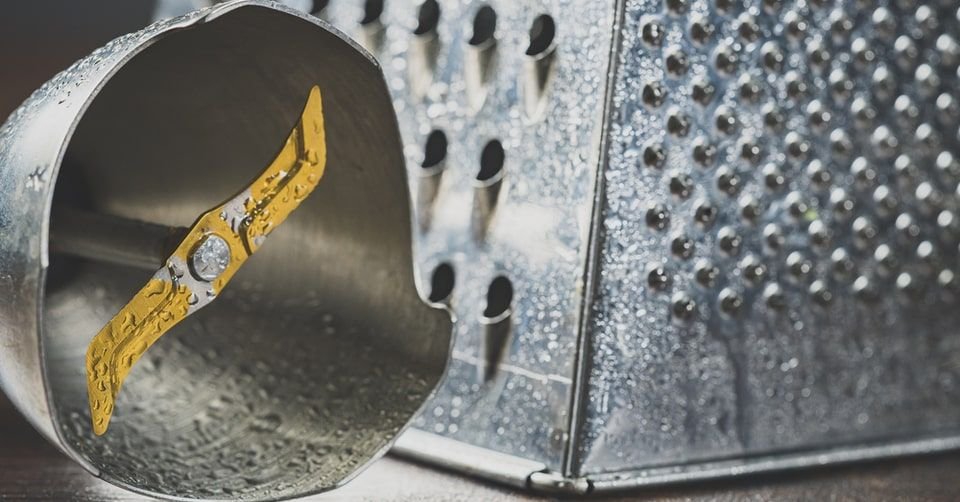
Blenders are now considered a necessity in the kitchen. A blender is an electric kitchen appliance used to mix food and beverages. Since it is one of the important appliances in the kitchen, we here at Labeb.com will inform you and guide you towards the specifications you need to check before buying a blender.
The blender mechanism may seem simpler than other electric appliances and therefore the decision of buying one comes easily to consumers. However, that is not the case as some blenders can reach to more than 700 USD (around 496 JODs) and thus you need to check some specifications before making a hasty decision.
Labeb.com will help you make a decision as we will clarify some things that will help you choose what you need and within your budget. At first, we will list the different types of blenders and then we will explain the specifications like capacity, blades types, energy consumption, and some different blending options and features.
These specifications will help you choose disregarding the brand or type; the important thing is to find what you need. This will surely limit your options further down, and asking yourself the following will also help you make a decision: do you need a blender to mix, blend, and mash normal food? Do you need a blender to make cold drinks and smoothies? Or do you need a blender that can grind coffee beans to powder?
To make the right choice, Labeb will first tell you about the different types of blenders in the market.
Types of Electric Blenders
Electric blenders are divided into two main types: traditional blenders and immersion blenders. Choosing a type relies on usage reasons and space (area blender will occupy).
A traditional blender needs space on the kitchen counter, and an immersion blender does not need its own space as it has a small size and can be placed anywhere in the kitchen, even on the kitchen dining table.
Traditional Blenders

This is the most common type worldwide and it is made from two main parts: the base that has the engine, cooling fan, control buttons, and electric cord, and the containers which is placed on top of the base. Different foods, vegetables, fruits, or beverages are placed in the container (jar) to be mixed, blended, or mashed.
This type is available in different models in the market and is also referred to as a Countertop Blender. Most of the times, the container is made from plastic or glass and the blades are made from stainless steel. The blades can be changed to different models depending on how you want to mix the food or beverage and they can also be made from plastic.
This type’s options range from mashing to mixing. Note that all new blenders have separate control buttons for these options, and some have a blade speed control key. Sometimes, the speed is marked from minimum to maximum speed while some have 16 different speeds. The most common in the market are three speeds: slow, medium, and fast.
Immersion Blenders

The immersion blender has the same mechanism concept (spinning of the mixing blade) and has a vertical shape. It is held from the top and food is placed in special bowl to be mixed or mashed and then the blender is held vertically to begin mixing or mashing.
The control buttons are next to the handle, and the blades are in the bottom.
Some of these blenders are sold with a special bowl to put food and beverages in and some are sold alone and in this type you use any of your own kitchen containers. After placing the food in the container you can begin mixing.
This type is suitable for people who do not have enough space and people who want to prepare quick recipes, like mashing vegetables for soup.
It is also suitable for people who want to move around and focus on certain angles as you can move the blade where you want in the container. The blades can also be changed in this type.
And now, after listing the two types of blenders, we will list the different specifications you need to check:
Blender Capacity

If you decide on buying a traditional blender you need to ask yourself an important question: “How many adult members are in your family?” the answer will help you determine the blender’s capacity, and to be more precise: the containers capacity!
The containers capacity usually ranges between 0.2 liters to 2 liters. If you need a big blender to prepare some juices and cocktails and you live alone then the smallest capacity will be suitable for you. If you have a medium sized family, then a 1.5 liters blender will be good, but if you have a large family, then a blender with a capacity of 2.0 liters or more will be suitable.
The main factor behind determining the suitable capacity is family size and note that the blender’s capacity is one of the most important specifications. Small capacity blenders are cheaper than big blenders and most blenders in the market are between 1 liter (4 cups) and 1.7 liters (7 cups).
Blender Blades and Cleaning
Most blenders have removable stainless steel blades so you can easily change them and clean them. Many new brands offer more than one blade that you can choose from; when you buy a blender you get steel blades, plastic blades for mixing, and other types.
Some old models have non-removable blades which makes cleaning the container a difficult task. Make sure you purchase a blender with removable blades so you can easily clean them.

Container Material
Some customers do not know the difference between a plastic container and a glass one! The container’s material can be divided into three types:
- Glass Containers: This type of container is sturdy and easy to use, however it needs extra attention since it is fragile. It can break if dropped and so you will need to buy a new container.
- Plastic Containers: This is the most common type; it is lighter than glass containers and can withstand a drop or two. It also has an affordable price and so if it breaks or gets damaged in any way it can be easily replaced.
- Stainless Steel Containers: Even though this type is the easiest to clean, it is considered a limited option as it is not widespread. Some users believe that using them might affect the taste of food and beverages. The most important feature in stainless steel containers is that it is unbreakable.
The blender’s base is also available in two types: plastic base and stainless steel bases. The stainless steel base is more safe and stable.
Blenders Power Capability
You must also pay attention to the blender’s power capability as it determines the type of foods you want to put in the blender. Vegetables and fruits need a blender with a high power capability. Most blenders have power ranging between 300 – 700 watts and can be divided into three main categories:
- 300 Watts Blenders: This type can mix, blend, cut, and mash most types of food.
- 500 – 600 Watts Blenders: These types are perfect when you make juice and smoothies.
- 700 Watts and above Blenders: This type can grind coffee beans to powder.
When you go to the store and find a blender with a Horse Power unit, you can easily convert it to watts; each horse power is equal to 735 watts. If the blender is in horse power, it is normal to find it in decimal points if it is less than 700 watts.
Blender Speed
What differentiate between blenders are the speed variations. Some blenders only have 3 speeds: slow, medium, and fast.
This type is the most common but there are some blenders with more than 16 different speeds that you can control through a key usually located on the base.
Many experts believe that a blender with more than 3 speeds is an overrated blender. That is because no matter the reason behind owning a blender, you will only need three speeds since crushing ice requires the third option only: fastest speed.
Control and Multiple Programs
Some blenders have multiple blending programs as well as multiple speeds. This lets the user set the program only, fill the container, and start the blender.
The options are usually located on the control pad, and note that some controls have a touch screen. Most importantly, choose a blender that you can easily clean.
Blending options vary between mixing and blending, to whipping, mashing, cutting, and squeezing.
The whipping option is suitable to people who want to whip some food with milk to create a thick paste. Mashing is suitable when you want to mash vegetable to make soup. While cutting is good when you need to cut fruits and vegetables to small cubes. Squeezing is good when you want to make juice.
There are numerous blender options and programs, so you have to choose what is suitable with your needs. The main options in blenders are the ones listed above, but that does not mean that all blenders have these options: some have less and some have more!
Summary
When thinking about buying a new blender, you must first choose what type you need: a traditional blender or an immersion blender! Traditional blenders are the most common and widespread but they need space on the kitchen counter.
After choosing the type you want, you must check the following things:
- Choose the blender capacity you need; this can be determined by the number of family members and the purpose behind wanting a blender (how you will use it).
- Choose an easy to clean blender; one with removable blades and make sure you also get one that has a variety of different blades.
- Choose container and base material; there are three container options: glass, plastic and stainless steel, while the base has two options: plastic or stainless steel.
- Choose a suitable power capability.
- Choose the speeds and programs you need.
If you follow these tips and decide what you need, Labeb.com will guarantee that you will get a blender that meets you needs. Remember to purchase one within your budget as well!
Be smart before you buy!
- [[PropertyDescription]] [[PropertyValue]]
